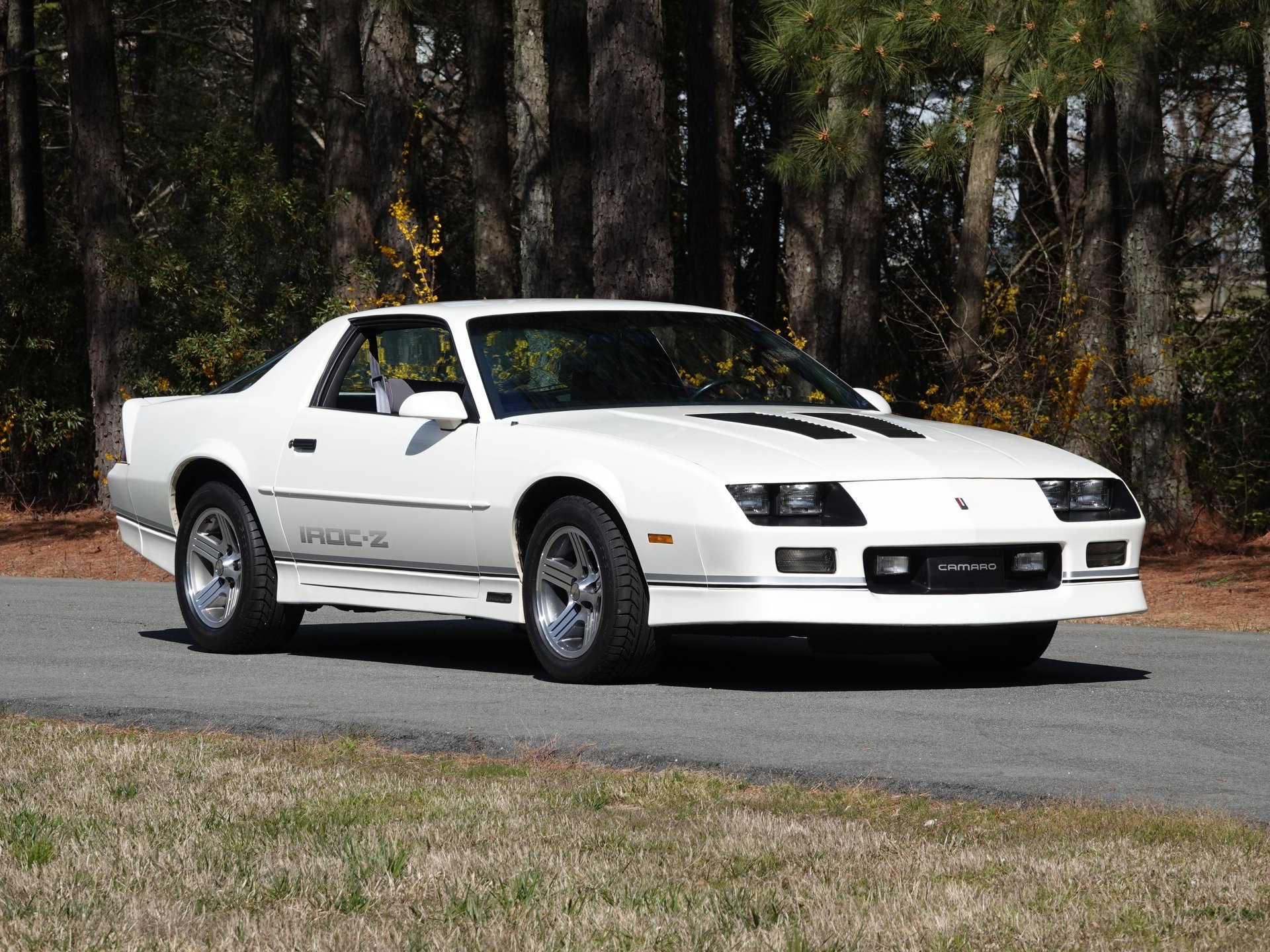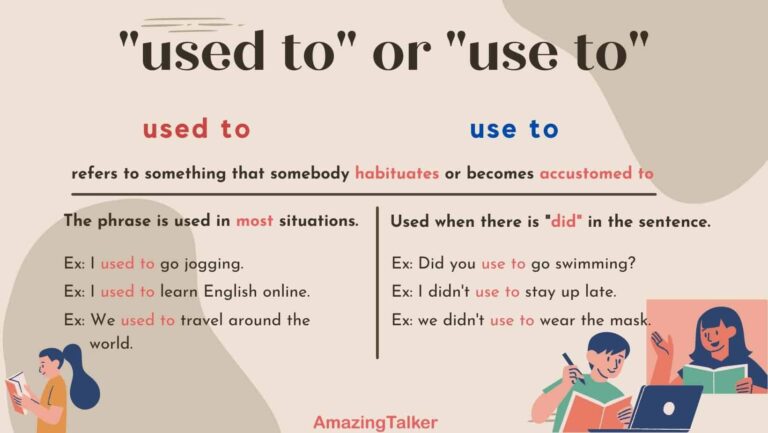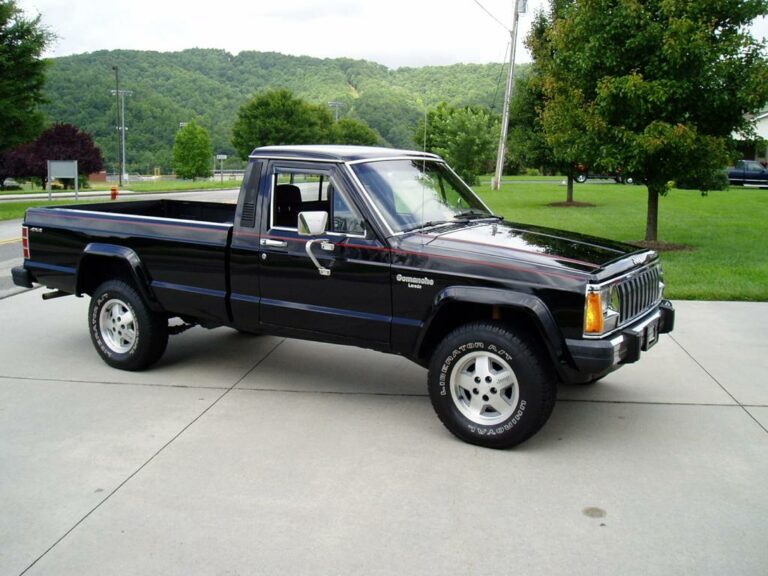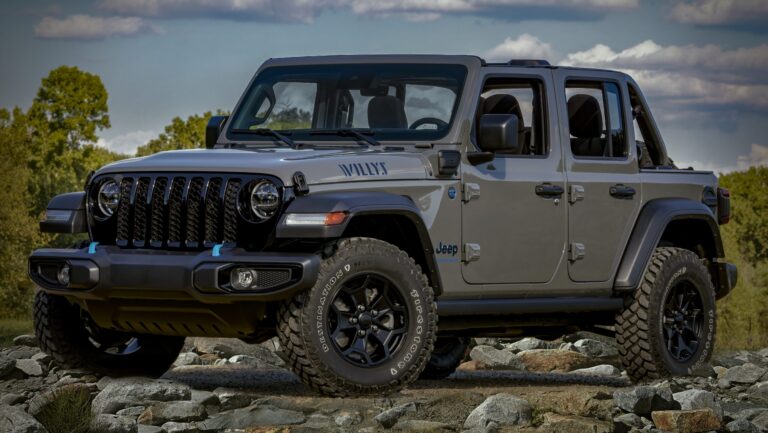The Unmistakable Icon: A Deep Dive into the 1988 Jeep Wrangler 2 Door
The Unmistakable Icon: A Deep Dive into the 1988 Jeep Wrangler 2 Door jeeps.truckstrend.com
In the annals of automotive history, few vehicles evoke as strong a sense of adventure, freedom, and raw capability as the Jeep Wrangler. Among its storied lineage, the 1988 Jeep Wrangler 2 Door, part of the YJ generation, holds a unique and often debated place. Emerging from the shadow of the beloved CJ series, the YJ marked a pivotal shift for the brand, introducing a blend of improved road manners and safety features while retaining the core off-road prowess that defined Jeep. It was the year 1988 when this square-headlighted pioneer solidified its identity, becoming an unmistakable icon that, despite initial controversy, forged its own enduring legacy. This article will serve as a comprehensive guide to understanding, appreciating, and even owning this distinctive piece of American automotive heritage.
A Legacy Forged: Understanding the YJ Generation
The Unmistakable Icon: A Deep Dive into the 1988 Jeep Wrangler 2 Door
The transition from the venerable CJ (Civilian Jeep) to the Wrangler YJ in 1987 was not without its drama. For decades, the CJ had been the quintessential go-anywhere machine, but its rugged simplicity also brought criticisms regarding on-road stability and safety. Chrysler, having acquired AMC (which owned Jeep) in 1987, sought to modernize the iconic off-roader without alienating its dedicated fanbase. The result was the YJ, a vehicle that aimed to be more comfortable, safer, and more appealing to a broader market, yet still unmistakably a Jeep.
The most noticeable and, at the time, polarizing change was the adoption of rectangular headlights, replacing the traditional round ones. This stylistic departure initially shocked purists, leading to the YJ being affectionately (or sometimes derisively) nicknamed the "square-eye" Jeep. However, beyond the controversial headlights, the YJ introduced a wider stance, a slightly lower center of gravity, and, critically, wider leaf springs positioned further apart. While still leaf-sprung (the TJ would introduce coil springs later), these changes significantly improved the YJ’s on-road handling and stability compared to the CJ, addressing many of the safety concerns that plagued its predecessor. The 1988 model year, being only the second year of YJ production, largely carried over the refinements and characteristics established in 1987, cementing its design and mechanical foundation.
Under the Hood: Engine and Drivetrain Options
The heart of the 1988 Jeep Wrangler 2 Door offered two distinct choices, catering to different power and efficiency needs:
- 2.5L AMC 150 Inline-4 (Throttle Body Injection – TBI): This four-cylinder engine was the standard offering, producing around 117 horsepower and 135 lb-ft of torque. While not a powerhouse, it was known for its reliability and decent fuel economy (for a Jeep). The TBI system was a step up from carburetors, offering more consistent performance. It was typically paired with an Aisin-Warner AX-5 five-speed manual transmission or an optional Chrysler TorqueFlite 904 three-speed automatic.
- 4.2L AMC 258 Inline-6 (Carbureted): The more popular and robust option, this inline-six cylinder engine delivered approximately 112 horsepower and a more substantial 210 lb-ft of torque. Its lower horsepower figure compared to the 2.5L might seem counterintuitive, but the significantly higher torque at lower RPMs made it a far more capable engine for off-roading and general driving, especially with larger tires. The 4.2L in the 1988 model still used a carburetor (often a Carter BBD or a problematic computer-controlled feedback carburetor, which many owners later replaced with aftermarket units for simplicity). It was typically mated to an Aisin-Warner AX-15 five-speed manual transmission (a more robust unit than the AX-5) or a Chrysler TorqueFlite 999 three-speed automatic.
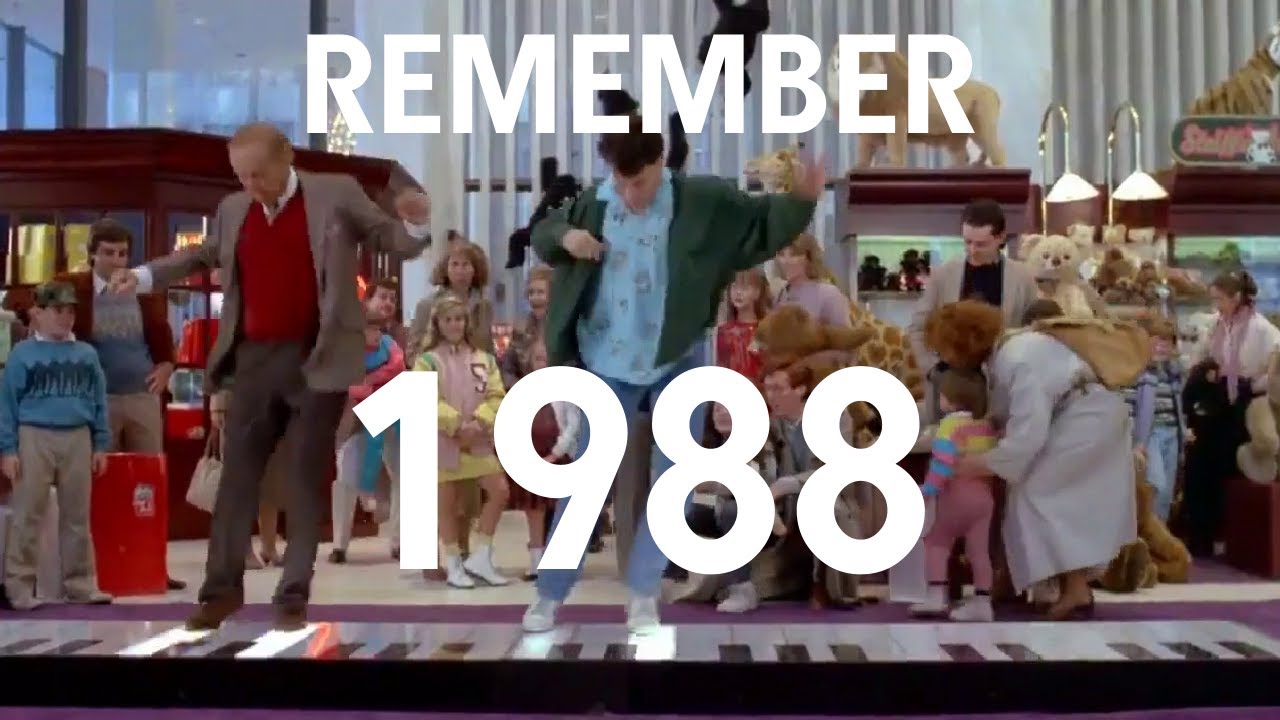
Both engine options were paired with Jeep’s robust Command-Trac part-time four-wheel-drive system, utilizing the NP207 transfer case (which was later replaced by the NP231 in 1988 or 1989, making early ’88 models potentially equipped with the 207). Power was delivered to a Dana 30 front axle and a Dana 35 rear axle, a setup that proved durable for most stock applications but could be a weak point for heavily modified rigs.
Design and Features: The Iconic Square Headlights and More
Beyond the polarizing headlights, the 1988 YJ boasted a number of design improvements over its CJ predecessor:
- Exterior: The wider track and slightly longer wheelbase gave the YJ a more planted stance. The grille was updated, and the iconic seven-slot design remained, albeit with a flatter profile. Like all Wranglers, the 1988 model featured removable doors and a fold-down windshield, allowing for an unparalleled open-air driving experience. Top options included a standard soft top (typically vinyl) and an optional hardtop, offering better weather protection and security.
- Interior: The YJ’s cabin was a significant step forward in terms of comfort and ergonomics. Seats were more supportive, and the dashboard was redesigned for a more modern, user-friendly layout. Full-width padded roll bars provided enhanced safety. While still basic by modern standards, the interior was practical and durable, designed to withstand the elements and the rigors of off-road use.
- Trim Levels: For 1988, the YJ was available in several trim levels, each offering different aesthetics and features:
- Base (S): The most spartan version, focused on pure utility.
- Laredo: Added chrome accents, upgraded interior trim, full carpeting, and optional power steering/brakes.
- Sahara: The "luxury" trim, featuring unique green paint, tan interior, body-color fender flares, and special graphics.
- Islander: A vibrant, beach-themed trim with unique colors, graphics, and interior accents.
- Sport: A mid-range trim offering a balance of features and affordability.
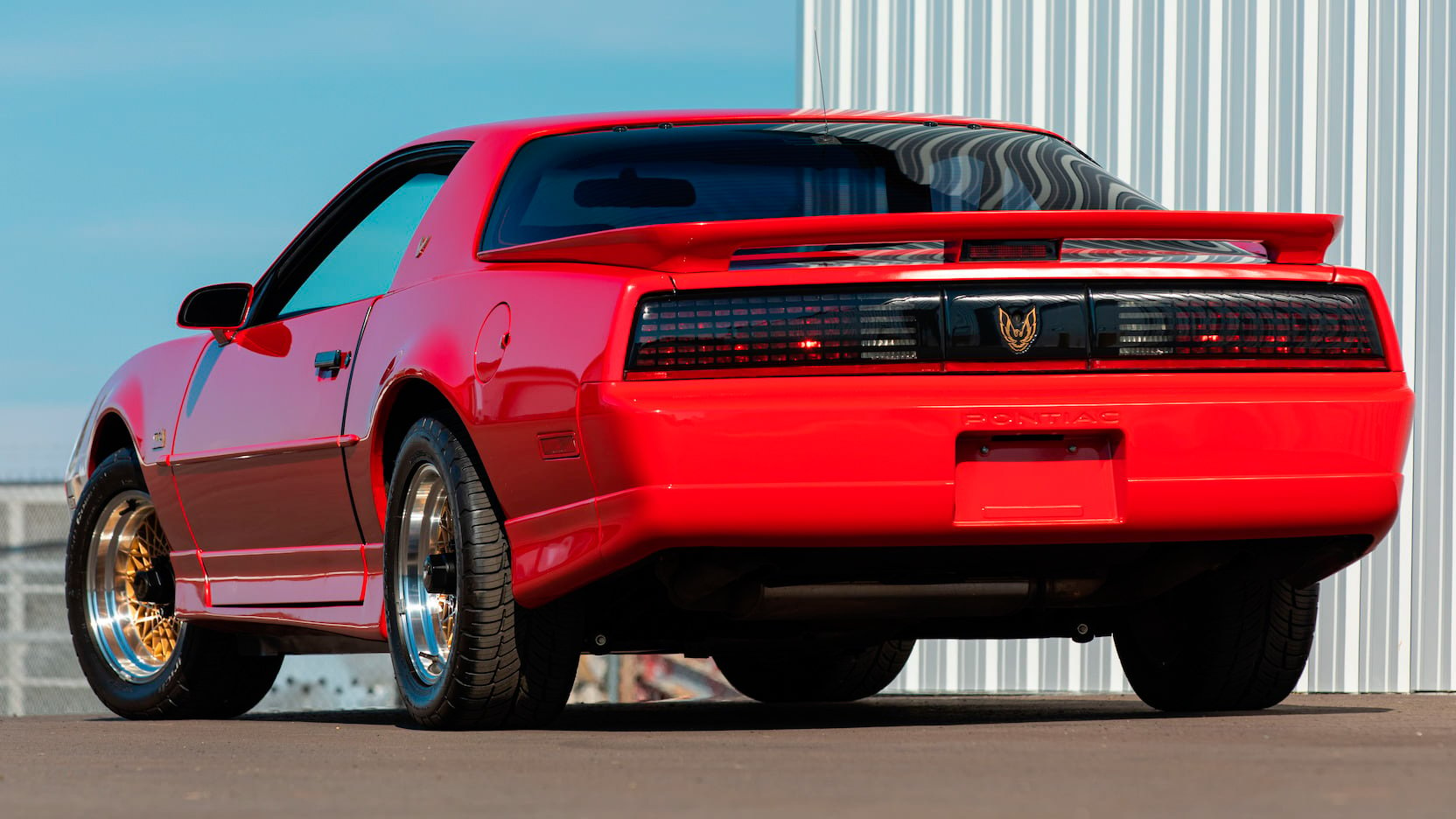
Off-Road Prowess and On-Road Manners (for its time)
The 1988 YJ, despite its improvements in civility, remained a formidable off-road machine. Its solid axles, short wheelbase, and excellent approach and departure angles allowed it to tackle challenging terrain with ease. The Command-Trac 4WD system provided reliable traction, and the ample ground clearance was a significant asset.
On the road, the YJ was undeniably more refined than the CJ. The wider track and redesigned leaf spring suspension reduced the notorious "Jeep wobble" and improved stability, especially at highway speeds. Power steering and power brakes, while often optional, made daily driving much more manageable. However, it’s crucial to remember that the YJ was still a body-on-frame, solid-axle SUV. It had a rougher ride, more road noise, and less precise handling than contemporary passenger cars, a characteristic that most Jeep enthusiasts embrace as part of its charm.
Owning a 1988 YJ Today: What to Look For
Purchasing a 1988 Jeep Wrangler today means investing in a piece of automotive history that requires careful consideration. Here’s what potential owners should know:
- Common Issues:
- Frame Rust: This is the most critical area to inspect. Pay close attention to the frame rails, especially near the spring hangers (front and rear), skid plates, and body mounts. Rust can compromise structural integrity.
- Carburetor Issues (4.2L): The original computer-controlled carburetors on the 4.2L can be finicky. Many owners have swapped to simpler aftermarket carburetors (like the Weber or Motorcraft 2100) or even fuel injection kits.
- Electrical Gremlins: Older vehicles are prone to wiring issues, corroded connections, and sensor failures.
- Suspension Wear: Leaf springs can sag over time, and bushings will wear out, leading to a harsher ride and poor handling.
- Oil Leaks: Common from the valve cover, oil pan, and rear main seal.
- Steering Play: Worn steering boxes, tie rod ends, and ball joints can lead to excessive steering slop.
- Maintenance Tips: Regular fluid changes (engine oil, transmission, transfer case, differentials), grease all U-joints, inspect brakes and tires, and address any rust spots promptly. If it’s a 4.2L, learn about carburetor tuning or consider an upgrade.
- Modification Potential: The YJ is a blank canvas for customization. Lift kits, larger tires, aftermarket bumpers, winches, and even engine swaps are common. Be wary of poorly executed modifications, which can cause more problems than they solve.
- Finding a Good One: Prioritize a solid, rust-free frame. A well-maintained drivetrain is key. Look for a vehicle with service records, and don’t be afraid to ask for a pre-purchase inspection by a mechanic familiar with older Jeeps. Original, unmolested examples tend to hold their value better, but a tastefully modified YJ can also be a great find.
Why the 1988 YJ Remains a Classic
Despite its initial controversial styling, the 1988 Jeep Wrangler 2 Door has matured into a beloved classic. Its relative affordability compared to earlier CJs or newer Wranglers, combined with its robust, simple mechanics, makes it an excellent entry point for Jeep enthusiasts. The strong aftermarket support ensures that parts are readily available, and the vibrant community of YJ owners provides a wealth of knowledge and camaraderie. It represents a significant chapter in Jeep’s evolution – a bridge between the raw, untamed CJ and the more refined modern Wranglers. For those seeking an authentic, open-air, go-anywhere experience without breaking the bank, the 1988 YJ stands as a testament to enduring design and capability.
1988 Jeep Wrangler 2 Door Price Guide (Estimated)
Please note that actual prices can vary significantly based on geographic location, vehicle condition, mileage, modifications, and market demand. This table provides a general estimation.
| Condition Category | Average Price Range (USD) | Key Characteristics & Notes |
|---|---|---|
| Poor / Project | $3,000 – $6,000 | Significant rust (especially frame), major mechanical issues (non-running, severe engine/transmission problems), missing parts, heavily damaged body. Primarily for restoration, parts, or experienced DIY enthusiasts. |
| Fair / Driver Quality | $7,000 – $12,000 | Runs and drives, but may have noticeable rust (surface or minor perforation), cosmetic flaws (dents, faded paint, torn interior), and minor mechanical issues that need attention. Usable as a daily driver with some work. |
| Good / Well-Maintained | $13,000 – $18,000 | Solid frame with minimal to no rust, mechanically sound (no major leaks or issues), clean interior, presentable exterior with good paint. May have tasteful, functional modifications. Ready to drive and enjoy. |
| Excellent / Restored | $19,000 – $30,000+ | Near showroom condition, professional restoration, very low original mileage, or a rare/desirable trim in exceptional shape. Rust-free, perfect paint, pristine interior, all systems functioning perfectly. Collector-grade. |
Factors Influencing Price:
- Engine: 4.2L I6 generally commands a higher price than the 2.5L I4 due to its torque.
- Transmission: Manual transmissions are often preferred by enthusiasts, but automatics are also sought after for convenience.
- Rust: The single biggest factor. A rust-free frame significantly increases value.
- Trim Level: Sahara and Islander models can fetch higher prices due to their unique features and relative rarity.
- Hardtop vs. Soft Top: A factory hardtop can add value.
- Modifications: Quality, tasteful modifications can add value; poorly done or extreme modifications can detract.
- Maintenance History: Documented service records are a plus.
Frequently Asked Questions (FAQ) about the 1988 Jeep Wrangler 2 Door
Q1: What’s the main difference between a CJ and a YJ?
A1: The YJ (1987-1995) was the successor to the CJ (1944-1986). Key differences include the YJ’s controversial square headlights, wider track, improved on-road stability, a full-width padded roll bar for safety, and a more refined interior. Mechanically, they both used leaf springs, but the YJ’s were wider and positioned differently.
Q2: Are the square headlights bad for off-roading?
A2: No, the square headlights are purely a stylistic choice and do not negatively impact off-road performance. They provide adequate illumination for their era. Many YJ enthusiasts embrace them as a defining characteristic.
Q3: Which engine is better for a 1988 YJ, the 2.5L or the 4.2L?
A3: For most uses, especially off-roading or if you plan to run larger tires, the 4.2L AMC 258 Inline-6 is generally preferred. It offers significantly more torque (210 lb-ft vs. 135 lb-ft) at lower RPMs, making it better for crawling and daily driving. The 2.5L is more fuel-efficient but can feel underpowered. Be aware that the 4.2L in 1988 was carbureted, which can be finicky.
Q4: Is the 1988 YJ reliable?
A4: Yes, the 1988 YJ is generally considered reliable due to its simple, robust mechanical components. However, as with any vehicle of its age, reliability largely depends on past maintenance and present condition. Common issues like rust, carburetor problems (on the 4.2L), and minor electrical gremlins are well-documented and often fixable.
Q5: Can I daily drive a 1988 YJ?
A5: You can, but it’s not like driving a modern SUV. The ride is rougher, it’s noisier, and handling is less precise. It lacks modern safety features (airbags, ABS) and creature comforts. For those who appreciate its rugged charm and open-air experience, it can be a fun daily driver, but it requires embracing its quirks.
Q6: How much can a 1988 YJ tow?
A6: The towing capacity for a 1988 Jeep Wrangler 2 Door is generally rated around 2,000 pounds (907 kg). This is suitable for small utility trailers, jet skis, or very light campers. Always check your specific vehicle’s owner’s manual and ensure your hitch and braking system are adequate.
Q7: Is frame rust a big problem on these Jeeps?
A7: Yes, frame rust is one of the biggest and most common problems on YJs, especially in areas where roads are salted in winter. It often starts in the rear section near the spring hangers and can spread. Thoroughly inspect the entire frame before purchasing, as significant rust can make a vehicle unsafe or require costly repairs.
Q8: What kind of fuel economy can I expect?
A8: Fuel economy is not a strong suit of the 1988 YJ. The 2.5L 4-cylinder might get around 17-20 MPG (miles per gallon), while the 4.2L 6-cylinder typically gets 13-17 MPG, depending on driving style, modifications (like larger tires), and maintenance. These figures are significantly lower than modern vehicles.

